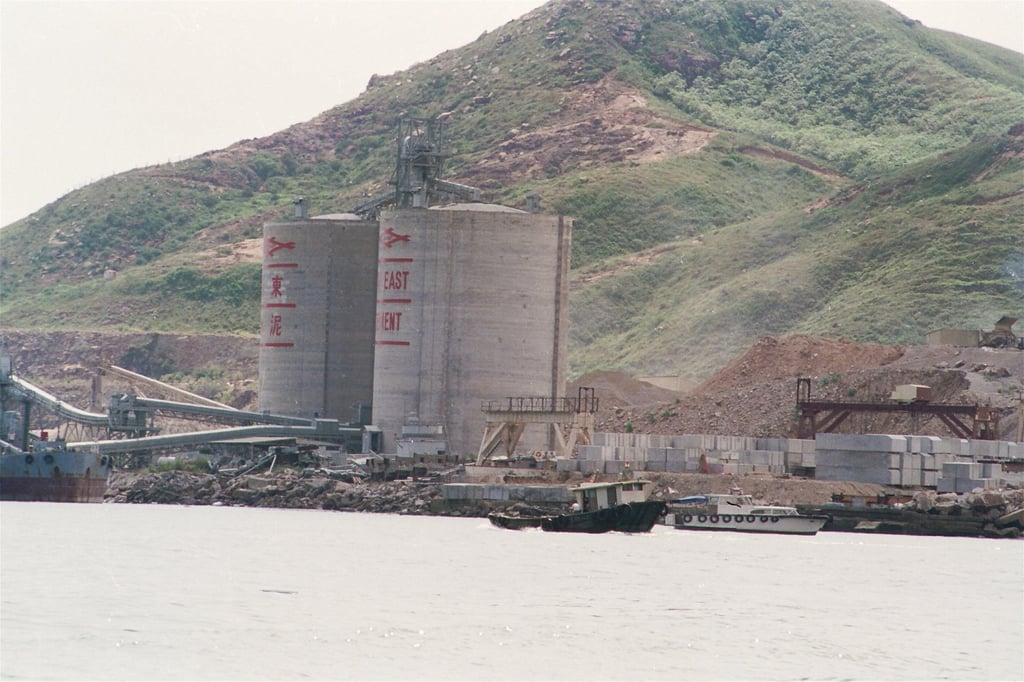Then & Now | When Hong Kong cement and tiles replaced the territory’s earthen floors in the 1950s, and spread to the rest of the world
- From the 19th century, Hong Kong’s locally produced cement has been used to make concrete which is exported around the world
- Glazed floor tiles and polished concrete took the place of the earthen floors in Hong Kong’s impoverished village houses in the 1950s

Among the most overlooked parts of any building, and as essential to the structure as foundations, walls or roof, are the floors, and the various materials used to make them.
During urban Hong Kong’s formative decades, the poorest homes, as in other parts of the world, had earthen floors. These were constantly swept and gradually pounded down by decades of the passage of (usually bare) feet. Consequently, a well-laid earthen floor, kept polished smooth to deter insects and other domestic vermin, was almost as hard as cement. Mats made from reeds, rushes, or split bamboo were used as floor coverings.
Earthen floors remained commonplace in remote corners of the New Territories into the 1950s; by the end of that decade, concrete flooring, often laid courtesy of free bags of cement, granted to impoverished villagers by organisations such as Kadoorie Agricultural Aid Association, had replaced them in most locations.
Local production of Portland cement, from the late 19th century, enabled these practical improvements. Green Island Cement began operations in Macau in 1886; another cement factory opened in Hung Hom in 1898. These constantly smoking lime kilns burned locally dredged coral and other imported sources of raw limestone, to make cement. Local air quality deterioration caused by this heavily polluting industry, along with hot smuts and other nuisances, provided a constant supply of Letters to the Editor complaints for decades.

Inevitably, a significant upside arose from the cement factory’s presence in Kowloon; locally produced cement dramatically reduced end-user costs which, in turn, rapidly expanded its use, especially for the purpose of flooring.
